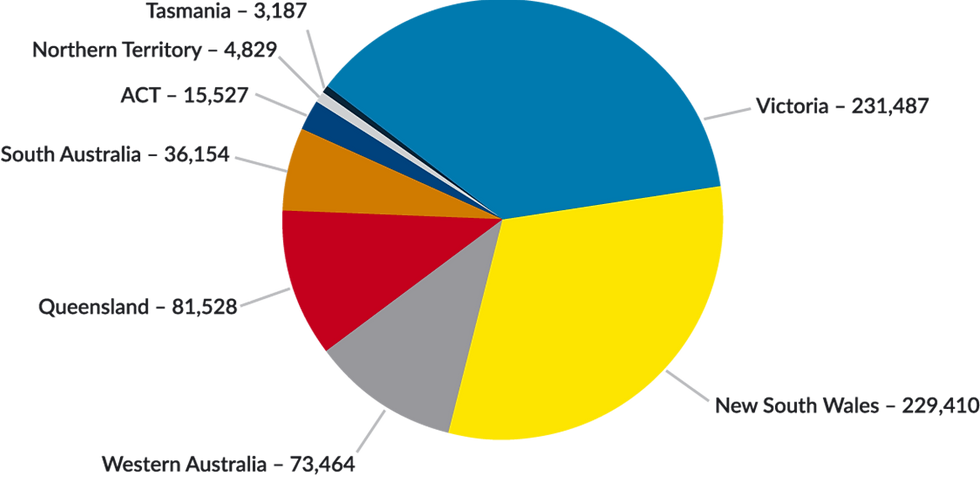Indians In the UK
- GAYATHRI VARMA
- Nov 19, 2021
- 3 min read
By: Sambhav

During the British Rule, people did migrate to the United Kingdom as travelers, students, job seekers, etc. and some stayed there permanently. Though the number of people migrating was fairly small back then. From 1857 onwards, people from Punjab started to serve in the British Army. The elite class Sikh soldiers were often sent to other colonies of the British Empire (1) and also to the United Kingdom. In Sussex (a Historic Country in South East England), there is a memorial in the honor of Sikh soldiers who fought for the UK and sacrificed their lives in the World War 1. (3)
During the time of the British Raj, small-scale migration from the subcontinent to Britain consisted largely of educated Parsees and Bengalis (2) Between World War I and World War II, the number of Indians in Britain increased although the population remained small; estimates range from 5,000 to 8,000. Many worked in unskilled jobs for low wages. (2)
After the Second World War, post Indian Independence, the migration took a great pace as Britain exhausted all the European resources, they started to recruit labor from India and other parts South Asia and West Indies seeking again growth in the Economy. The unemployment rate was so high back then. Many unskilled and skilled Indians joined textile and steel industries.
Many Indians settled in Great Britain, some with their will but many were refused to go back and forced to stay there. During the end of 17th young population of India was recruited from the Malabar coast. And according to maintained records of East India Company, Indo- Portuguese cooks from Goa were taken with them
CULTURE
Looking back at history helps us manipulate how the culture or hybrid culture that exists today has been developed. After migration, as so many Indians settled in the United Kingdom. They flourished Indian culture in the form of Indian Cuisine, Music, Art, etc. As time passed, the Indian culture got mixed with foreign culture; we can notice the hybrid culture today.
The Hindoostanee Coffee House was the first exclusive Indian restaurant in the UK which opened in 1810. Curry gain popularity in the UK in 1940s and 1950s (5). Mainly South Indians, Bangladeshi and Punjabi made the Indian curry popular. (6). In UK, 7 Indian restaurants have a Michelin star (7).

Figure 2: Hindoostanee coffee house
We can find British Indian Music in all the genres today. Many singers of Indian origin have developed one of the world’s most famous and most successful music albums of British Indian music. Some notable British Indian Bhangra acts include Punjabi MC, Rishi RIch, Juggy D, Jay Sean, DCS and Sukhvinder Shinda (8).
There has been a great contribution of British Indians to the British Literature. For instance, Salman Rushdie who also won Booker Prize in 1991 (as per Wikipedia). The Festival of India, that was celebrated for six months across the number of prestigious galleries and museums in London which was held in 1962, was the “most comprehensive collection of Indian Painting and sculpture ever assembled anywhere” according to The New York Times (9).
References






Comments